Buying real estate in a foreign country can feel uncertain. You don’t know if prices will keep rising or if the market will slow down. Montenegro, in particular, has been on investors’ radars—but what’s really coming next?
With rising tourism, stronger infrastructure, and EU membership talks, the country’s real estate landscape is shifting fast. Miss a trend now, and you could miss out on better returns—or worse, invest in the wrong place at the wrong time.
That’s why understanding future real estate trends in Montenegro isn’t optional—it’s essential.
In this guide, you’ll learn what’s changing, where smart investors are looking next, and how to stay ahead without guessing.
Coastal Property Prices Surge Due to Tourism Demand
Tourism continues to shape the market in places like Budva, Kotor, and Tivat. These cities have seen a 49.1% increase in property prices, with the average cost hitting €2,107 per square meter (sources).
This growth isn’t random. It’s tied to strong tourist traffic and demand for vacation rentals and holiday homes. Areas closer to the coast are limited in space, and as demand rises, so do prices.
Meanwhile, inland towns and northern regions are seeing slower growth. That’s good news for buyers looking for lower entry prices, but the rental returns and resale potential may not be as strong.
What this means for you:
If you're investing for income or future resale value, focus on coastal regions with consistent tourist demand. Look at average price per square meter, short-term rental laws, and how often properties in that area are booked during peak seasons.
Rental Yields Remain Attractive Amidst Price Increases
Even with property prices climbing, Montenegro still offers solid rental yields compared to many other European markets.
In Podgorica, rental yields for residential apartments remain competitive, ranging between 5% to 7% annually depending on location and condition of the unit (sources).
Short-term rental platforms like Airbnb and Booking.com have grown rapidly in Montenegro, especially in coastal cities and UNESCO-protected areas. That’s pushing up occupancy rates during the summer months.
Key insight:
Don’t just focus on purchase price. Run the numbers on annual yield and look for locations where tourism supports year-round or multi-season demand—not just summer bookings.
Residential Real Estate Dominates Market Growth
The residential sector is expected to hit US$19.49 billion in value by 2025, making it the biggest contributor to Montenegro’s real estate market (sources).
Why? More foreign nationals are buying homes in Montenegro for relocation, retirement, or passive residency options. The country’s favorable visa policies, relatively low cost of living, and beautiful coastline make it attractive for long-term stays.
EU accession talks are also creating a sense of urgency for early movers who want to buy before tighter regulations or price spikes.
If you're thinking long term:
Track new residential developments and off-plan investment projects. They often offer better pricing and payment flexibility. Also, keep an eye on residency requirements and changes tied to EU discussions.
Infrastructure Upgrades and Policy
Montenegro is actively improving its infrastructure to support tourism and real estate growth. Recent investments include new road networks, upgraded airports, and utilities to support planned developments in the south and central parts of the country.
On top of that, Montenegro’s GDP is projected to grow at an average of 2.9% annually over the next five years (sources). This creates a more stable investment climate and helps attract new developers.
Tip:
Watch areas with planned infrastructure upgrades. When roads, ports, or airports expand, demand often follows. Early investment in these zones may offer better returns down the line.
Legal Considerations for Property Investment
Montenegro has made progress in regulating real estate transactions, but legal issues remain common, especially around unclear property titles and unauthorized builds.
Buying land or older properties without proper due diligence can lead to complications that cost both time and money. Some buyers have faced delays or even legal disputes due to missing permits or unresolved ownership claims.
That’s why local experts recommend hiring a qualified real estate lawyer who understands Montenegro’s land registry and zoning system.
What to do:
Never sign a sales agreement without a full title check. Confirm building permits, zoning laws, and whether the property is registered in the cadaster. A good local lawyer can help avoid these common traps.
Montenegro's Real Estate Outlook
Montenegro's real estate market in 2025 offers promising opportunities for investors, particularly in coastal regions experiencing high tourism demand.
While property prices are on the rise, rental yields remain attractive, and the overall economic outlook supports continued growth.
However, investors should conduct thorough due diligence and seek professional legal advice to mitigate risks associated with property transactions.
Where the real opportunities are in 2025 and beyond
Montenegro’s real estate market is growing fast, but growth isn’t happening everywhere at the same pace. If you’re planning to invest, here’s where to focus:
• Coastal regions (Budva, Kotor, Tivat) for short-term rentals and resale potential
• Residential sectors tied to relocation and expat communities
• Emerging zones with infrastructure projects underway
• Podgorica for year-round rentals and lower entry costs
• Legal safety: Avoid unregistered or unclear title properties
As always, run the numbers. And work with real estate agents, lawyers, or property advisors who live and work in the country. Montenegro has plenty to offer—but only to buyers who come prepared.
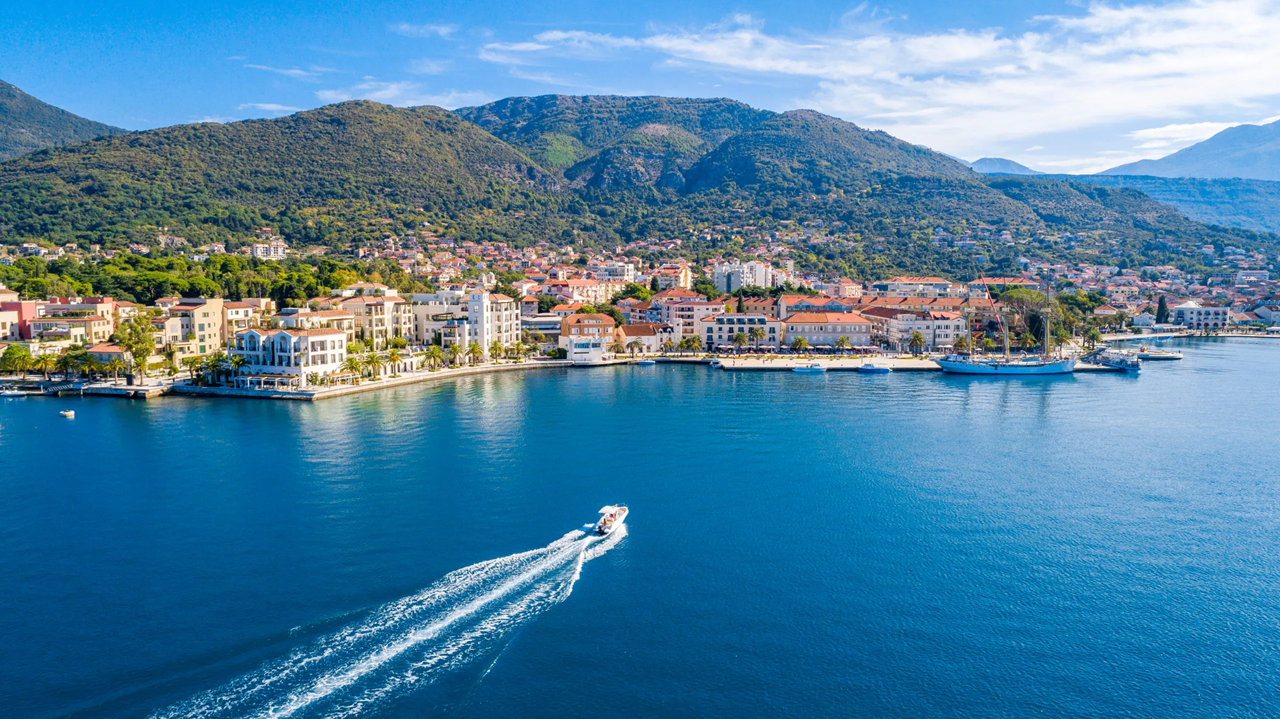


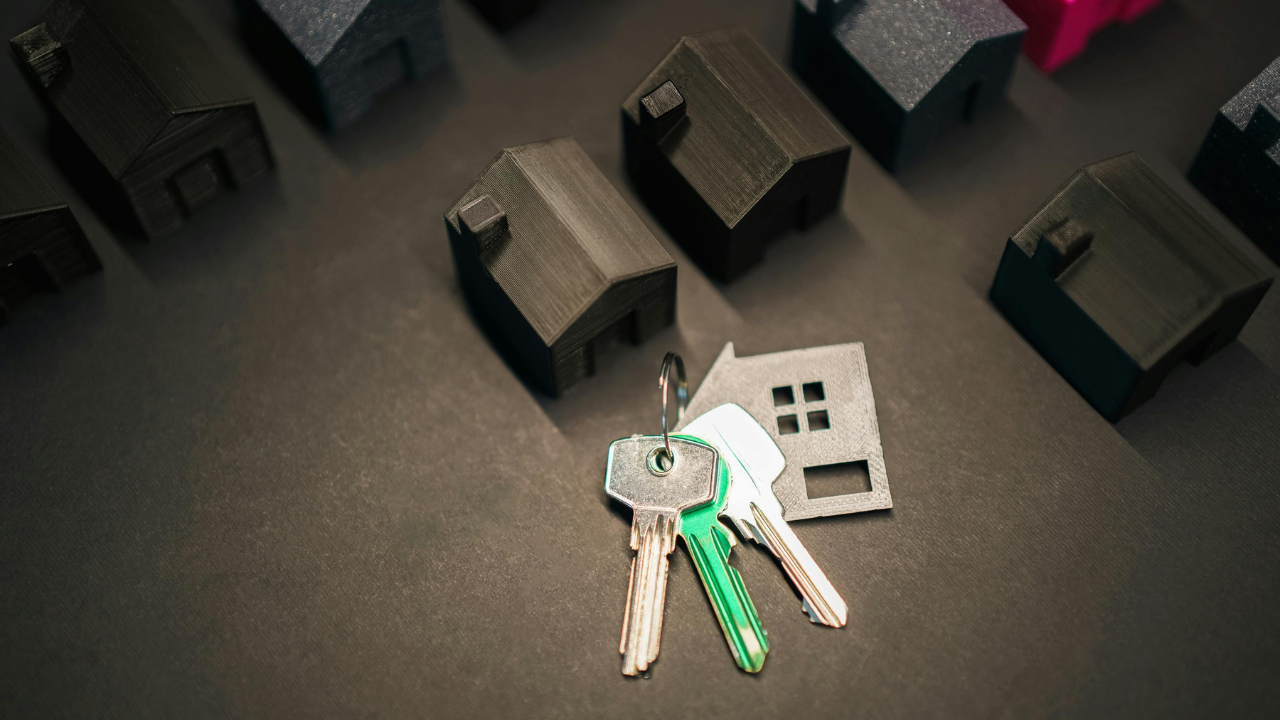
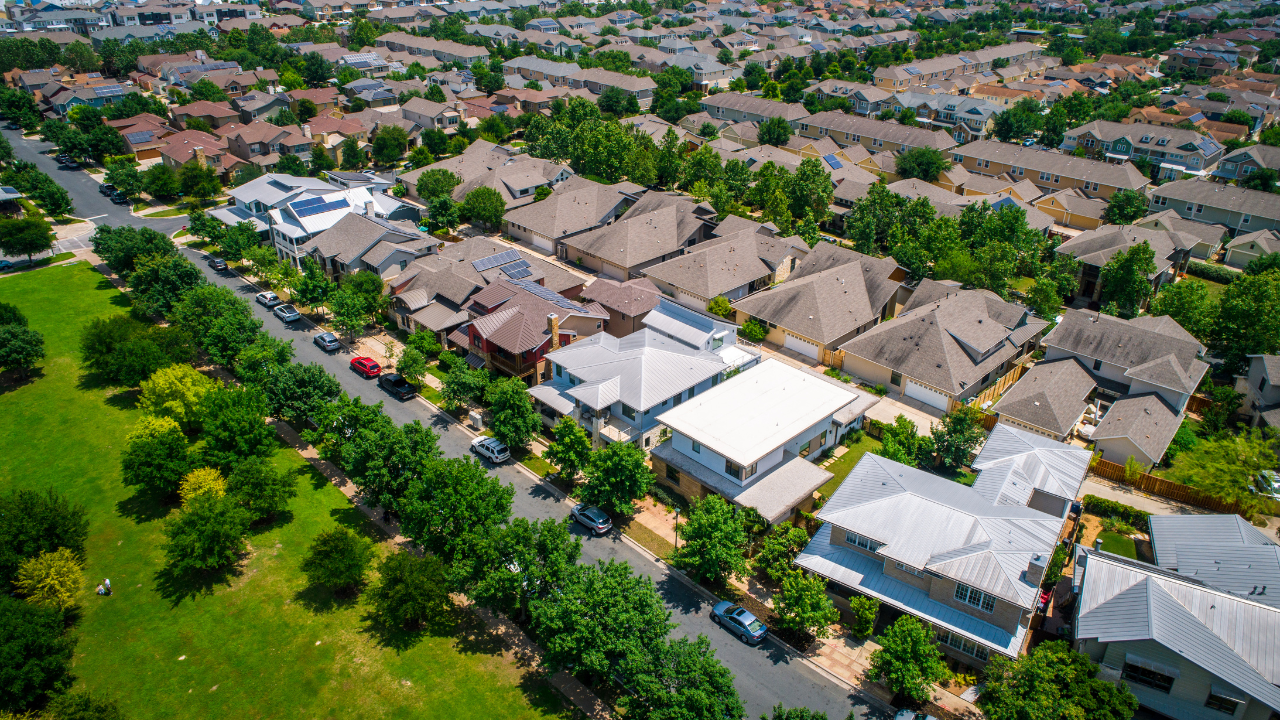
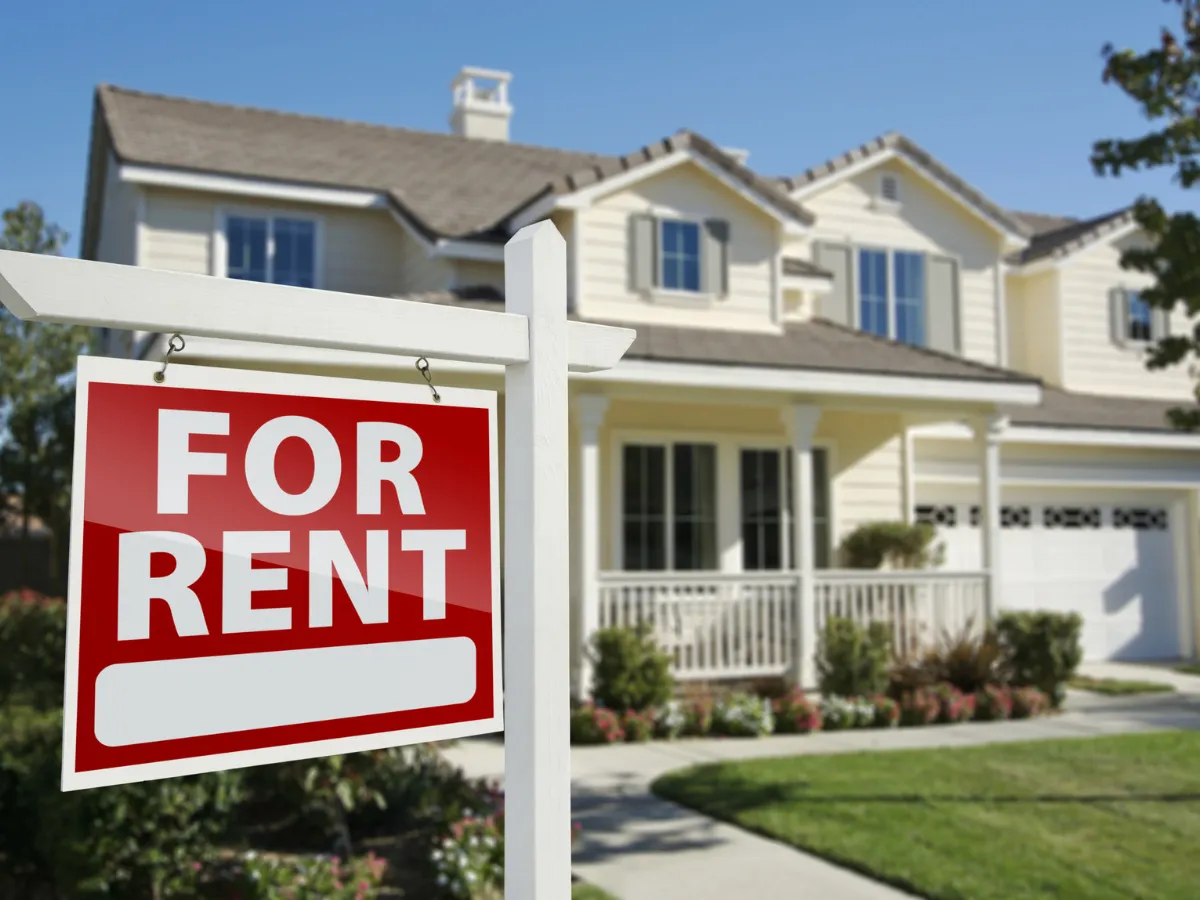
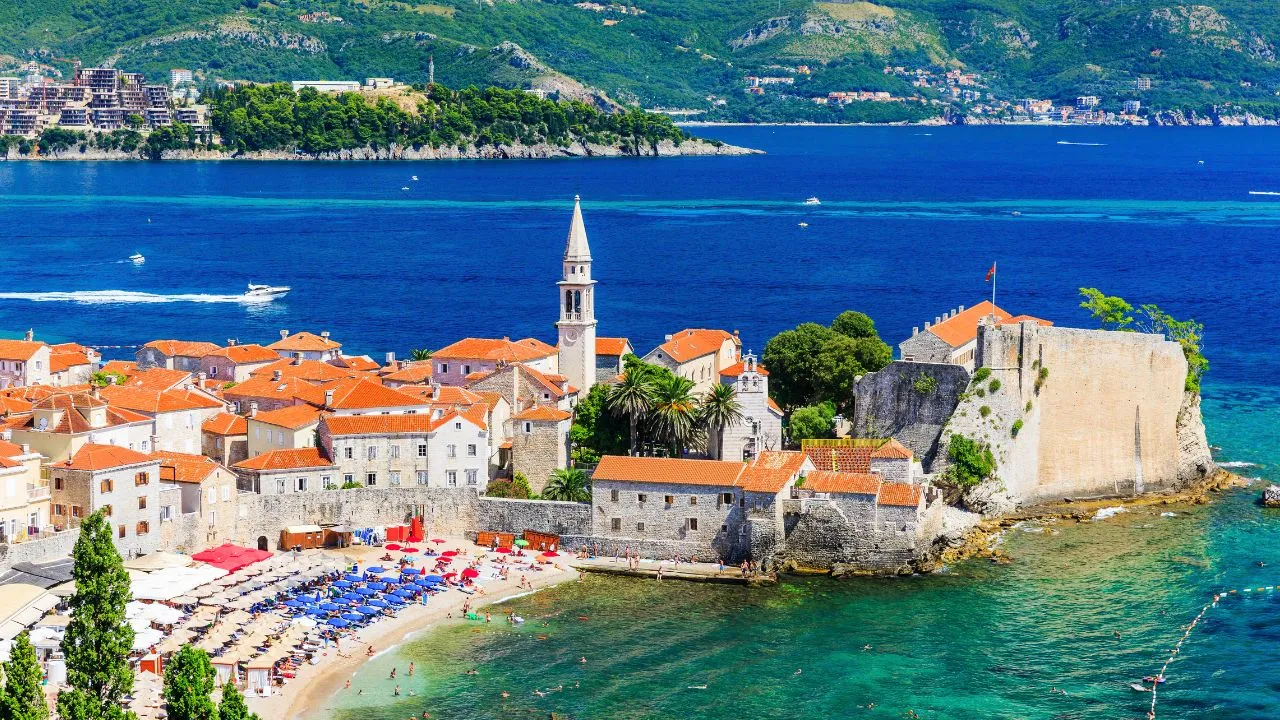




















.webp)

.webp)
.webp)

.webp)

.webp)
.webp)
.webp)

.webp)
.webp)
.webp)
.webp)

.webp)
.webp)
.webp)
.webp)
.webp)
.webp)
.webp)





.webp)

.webp)



















.avif)